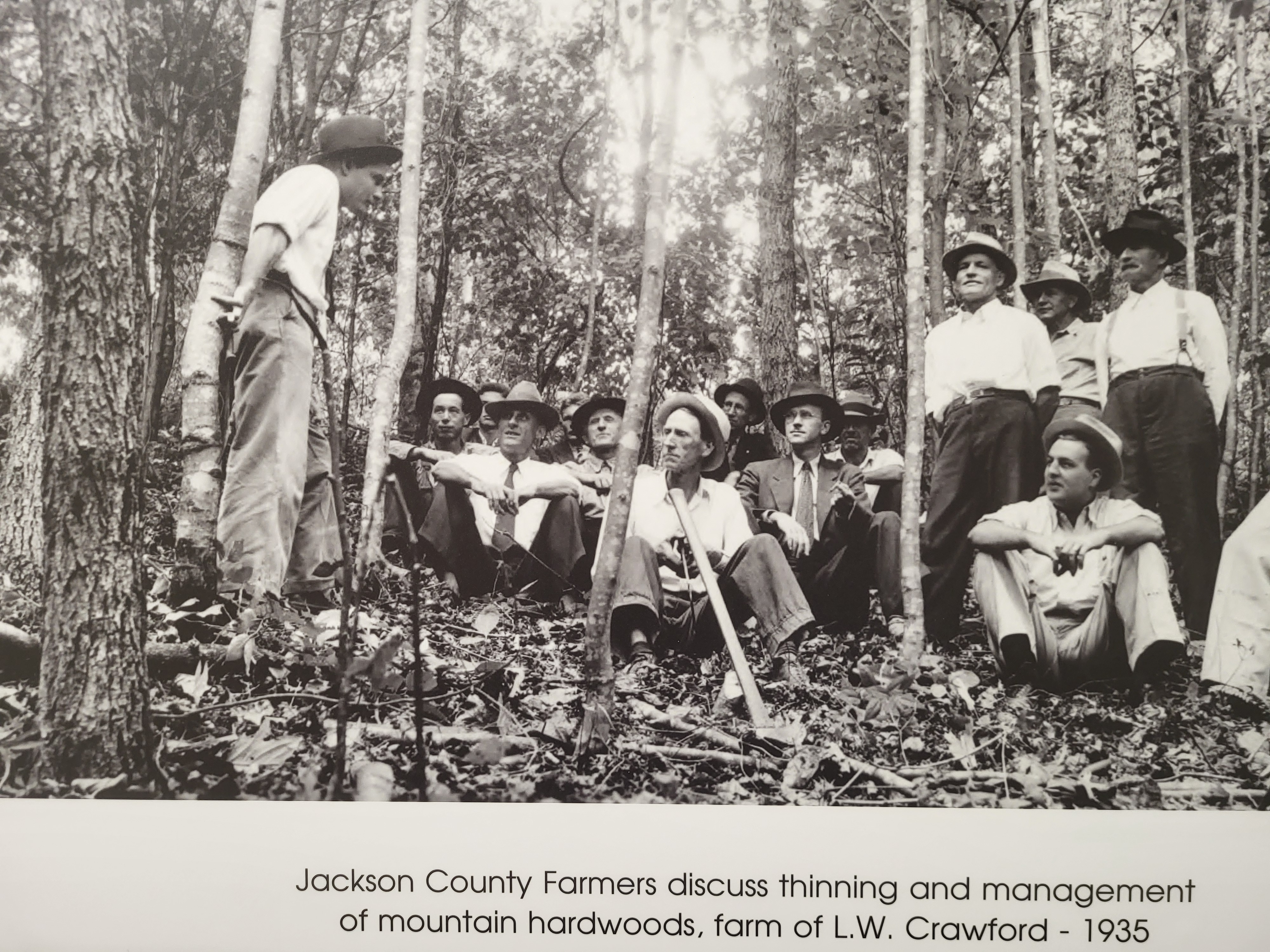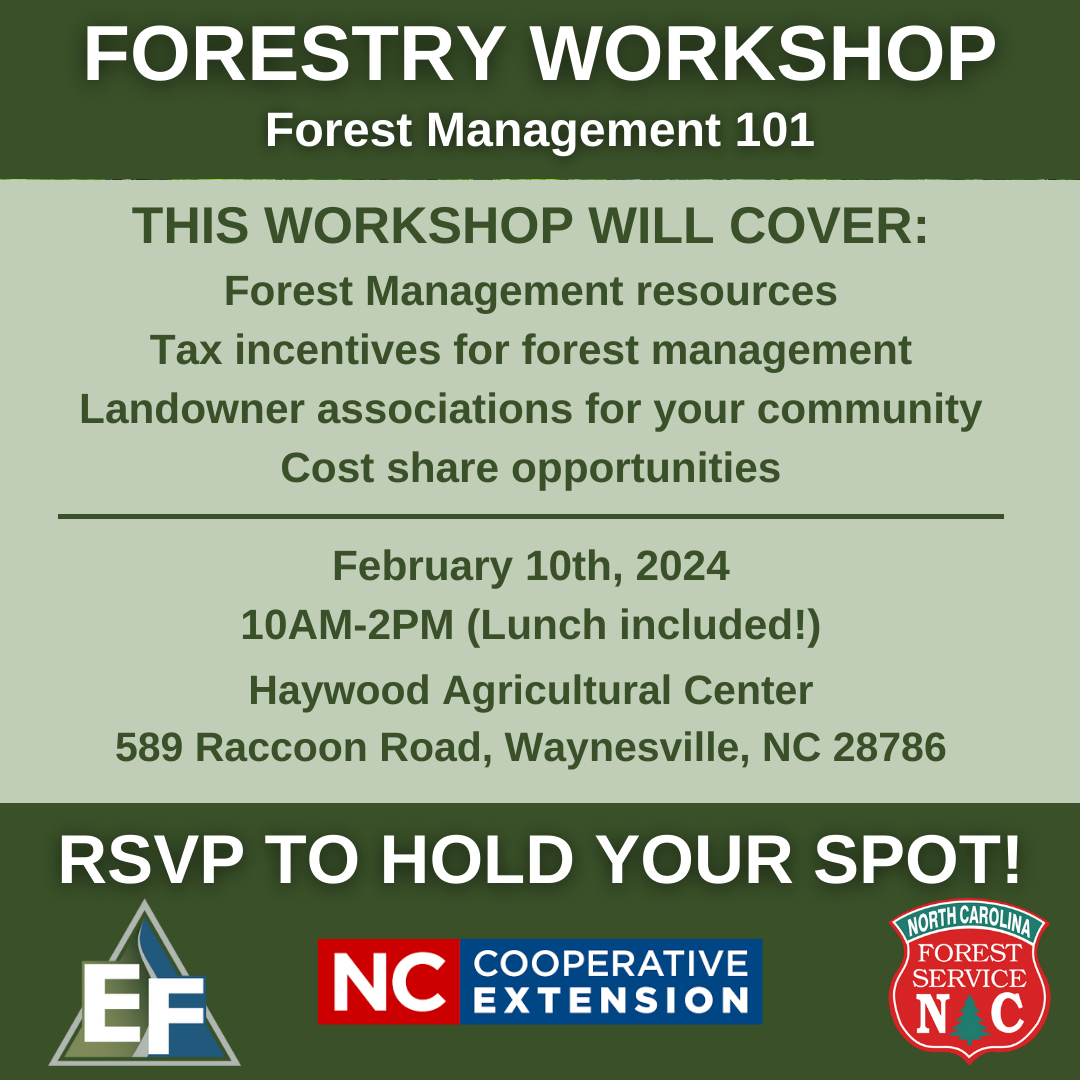Private Woodland Management
go.ncsu.edu/readext?984467
en Español / em Português
El inglés es el idioma de control de esta página. En la medida en que haya algún conflicto entre la traducción al inglés y la traducción, el inglés prevalece.
Al hacer clic en el enlace de traducción se activa un servicio de traducción gratuito para convertir la página al español. Al igual que con cualquier traducción por Internet, la conversión no es sensible al contexto y puede que no traduzca el texto en su significado original. NC State Extension no garantiza la exactitud del texto traducido. Por favor, tenga en cuenta que algunas aplicaciones y/o servicios pueden no funcionar como se espera cuando se traducen.
Português
Inglês é o idioma de controle desta página. Na medida que haja algum conflito entre o texto original em Inglês e a tradução, o Inglês prevalece.
Ao clicar no link de tradução, um serviço gratuito de tradução será ativado para converter a página para o Português. Como em qualquer tradução pela internet, a conversão não é sensivel ao contexto e pode não ocorrer a tradução para o significado orginal. O serviço de Extensão da Carolina do Norte (NC State Extension) não garante a exatidão do texto traduzido. Por favor, observe que algumas funções ou serviços podem não funcionar como esperado após a tradução.
English
English is the controlling language of this page. To the extent there is any conflict between the English text and the translation, English controls.
Clicking on the translation link activates a free translation service to convert the page to Spanish. As with any Internet translation, the conversion is not context-sensitive and may not translate the text to its original meaning. NC State Extension does not guarantee the accuracy of the translated text. Please note that some applications and/or services may not function as expected when translated.
Collapse ▲Forests and woodlands provide environmental, economic, and social benefits to their owners and to the communities in which they are found. Through management planning, woodland owners can enhance these benefits by developing a road map to the future. Managing woodlands to improve their benefits is a step-by-step process, In order to manage a private woodland that you may have is best achieved by developing a “Management Planning.”
 The management plan links woodland management activities and practices to the long-term vision you have for your property. Management planning is not a single event but a process. It involves assessing your lands and interests, reflecting on woodland conditions and resources, and prescribing management activities compatible with your goals and objectives. They may also include additional elements such as a legal property description, ownership information, property history, protection and maintenance activities, and contact information of the professional forester or other natural resource professional if they help you write the plan. Advice from a forester, whether public or private can help focus your efforts.
The management plan links woodland management activities and practices to the long-term vision you have for your property. Management planning is not a single event but a process. It involves assessing your lands and interests, reflecting on woodland conditions and resources, and prescribing management activities compatible with your goals and objectives. They may also include additional elements such as a legal property description, ownership information, property history, protection and maintenance activities, and contact information of the professional forester or other natural resource professional if they help you write the plan. Advice from a forester, whether public or private can help focus your efforts.
As you begin to develop your management plan, one of the first things you need to do is define your goals and objectives. Your goals and objectives drive the management of your woodlands.
Goals are long-term desires or statements of future conditions. In all cases, they should be consistent with your ultimate reason for owning the land. Goals must be realistic and achievable. Furthermore, they must be compatible with the resources available and with the potential of the land. The following are examples of typical goals:
- To improve the aesthetic value of the property
- To improve wildlife habitat
- Have a healthy woodland
- To increase income and profits by increasing or maintaining timber growth through thinning or other timber stand improvement activities at appropriate periodic intervals.
- Improved soil and water protection
Landowners’ objectives are based on the desired outcome a woodland owner wants for their woodlands, which may include improved wildlife habitat, reduced risk of damage due to wildfire, improved recreation and aesthetics, or maybe even some income. Deciding what you want as a woodland owner can be tough. Begin by asking yourself the following question, “what is it that you and your family want from woodland to be used for in the next 20-80 years?
FOREST WORKSHOP – February 10th
A perfect place for any landowner that wants to take their next steps towards restoring and preserving their family forest is to attend“Forestry Workshop – Forest Management 101” at the Haywood County Agricultural Center on Saturday February 10th from 10:00 a.m. – 2:00 p.m. Workshop provided NC State Extension; EcoForesters and NC Forest Service. Please RSVP by calling 828-484-6842 or go to EcoForesters – Outreach.
Article written by Dr. Robert Bardon, NC State Forestry and Jackson and Swain County Extension Director Robert J. Hawk – 586-4009 or 488-3848; email robert_hawk@ncsu.edu





